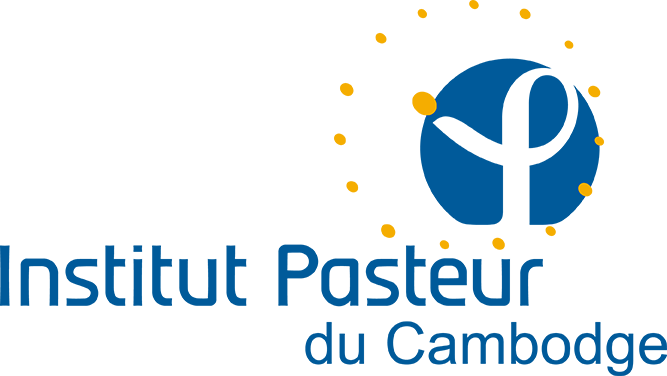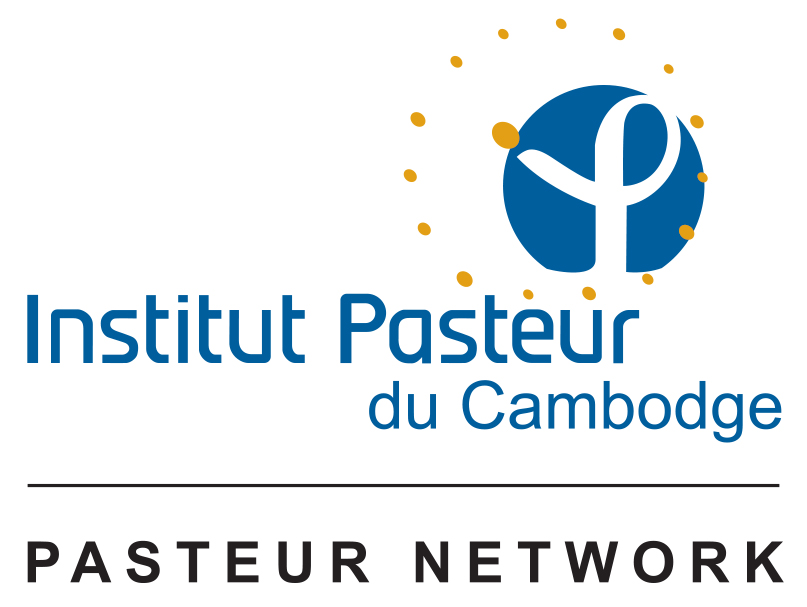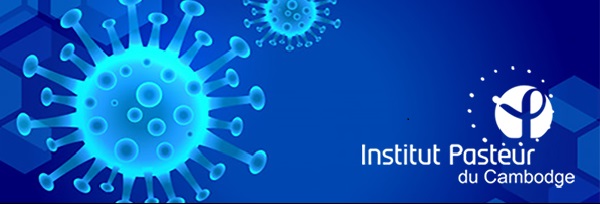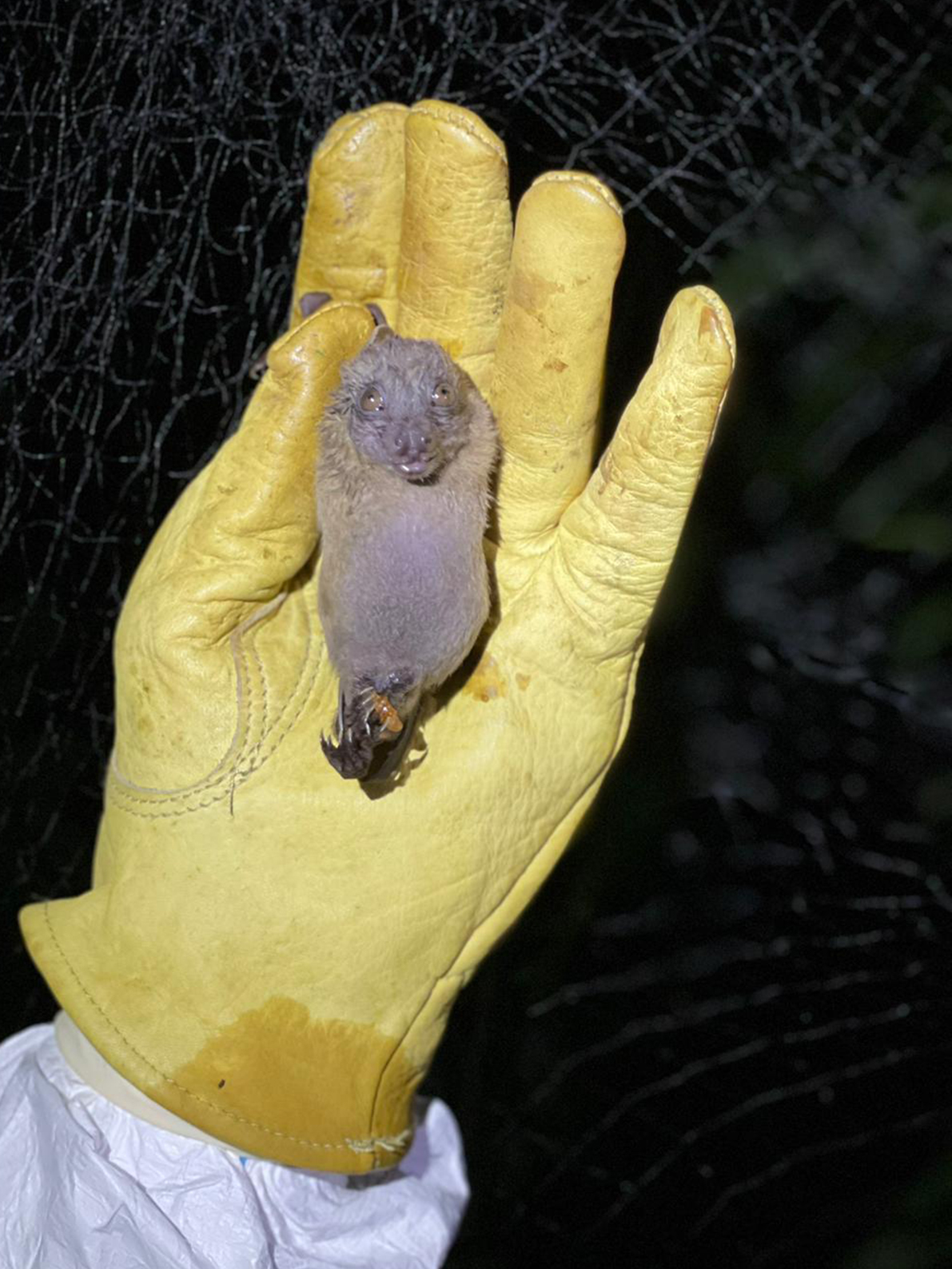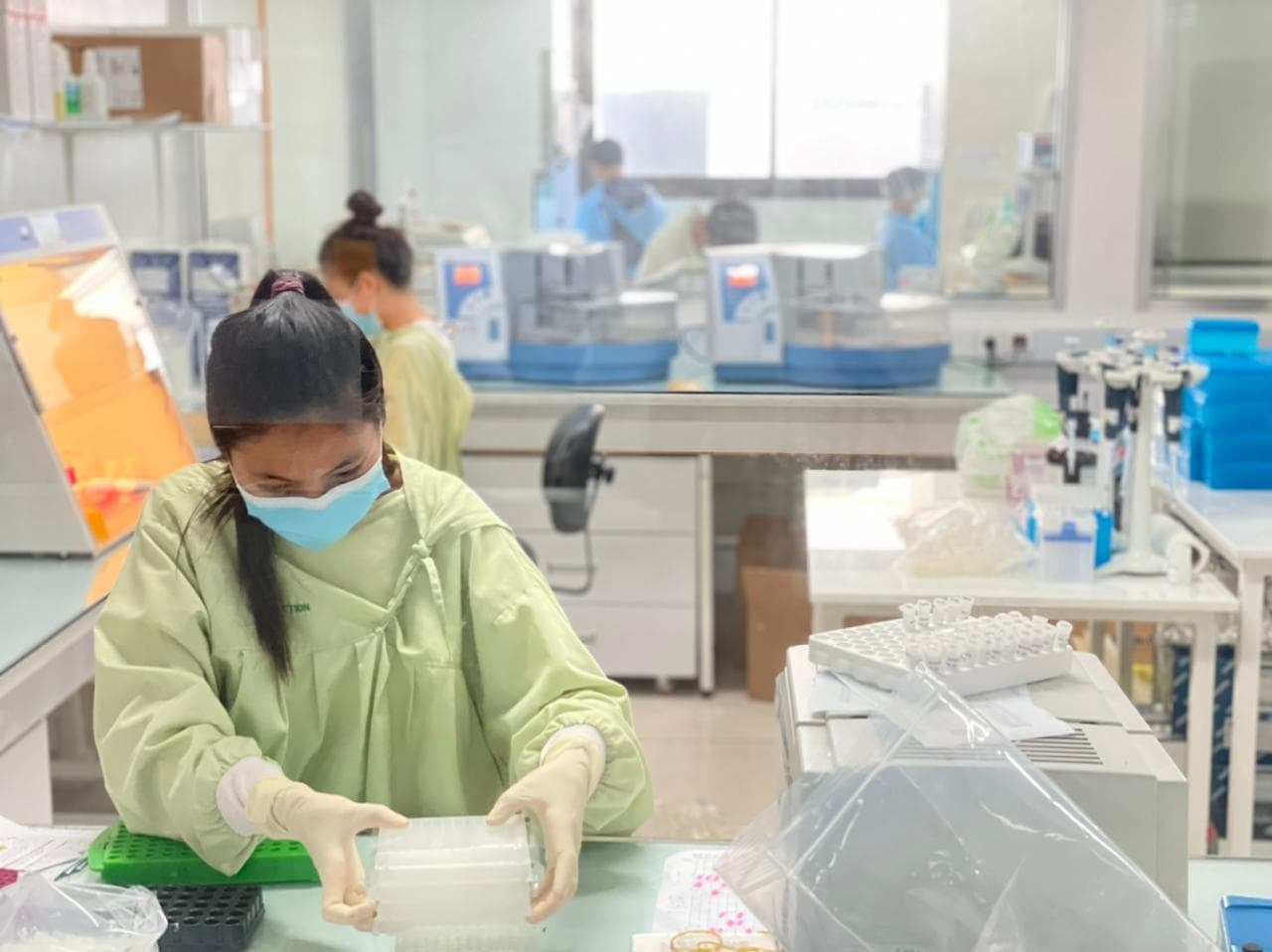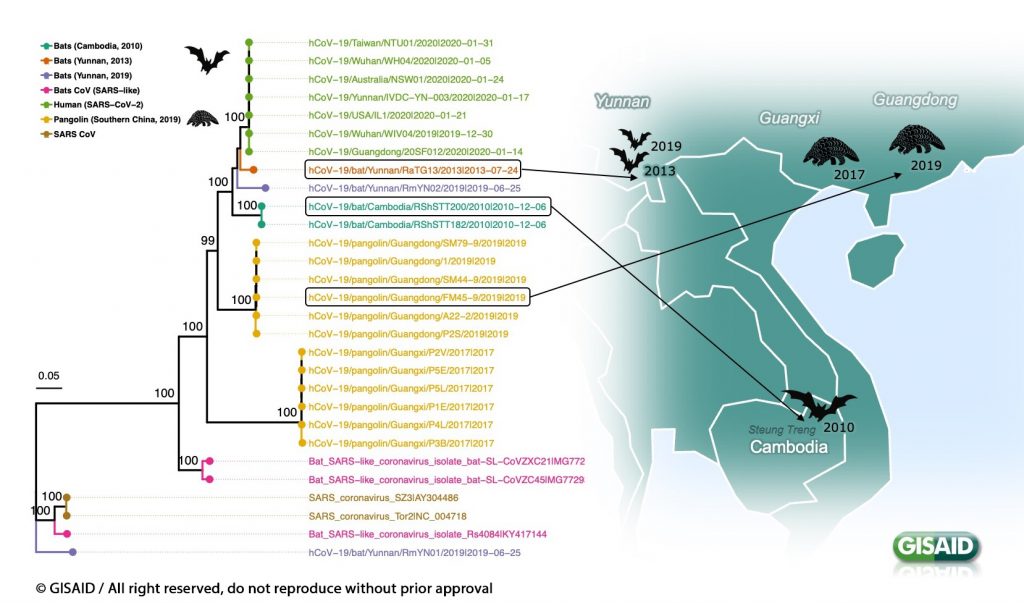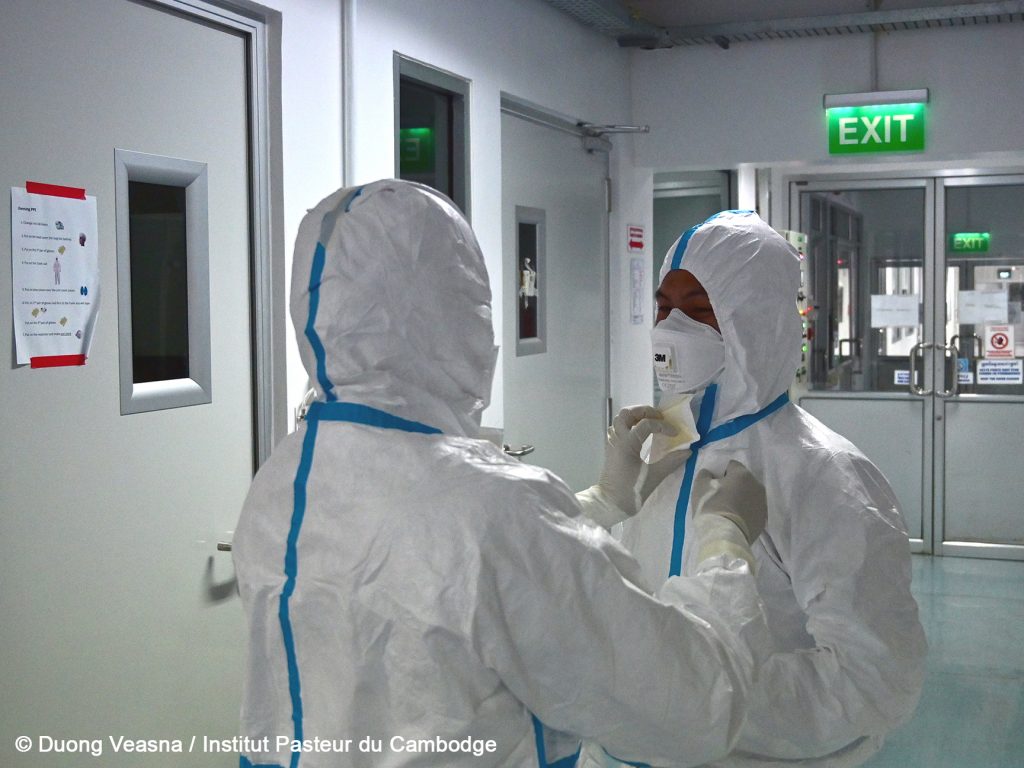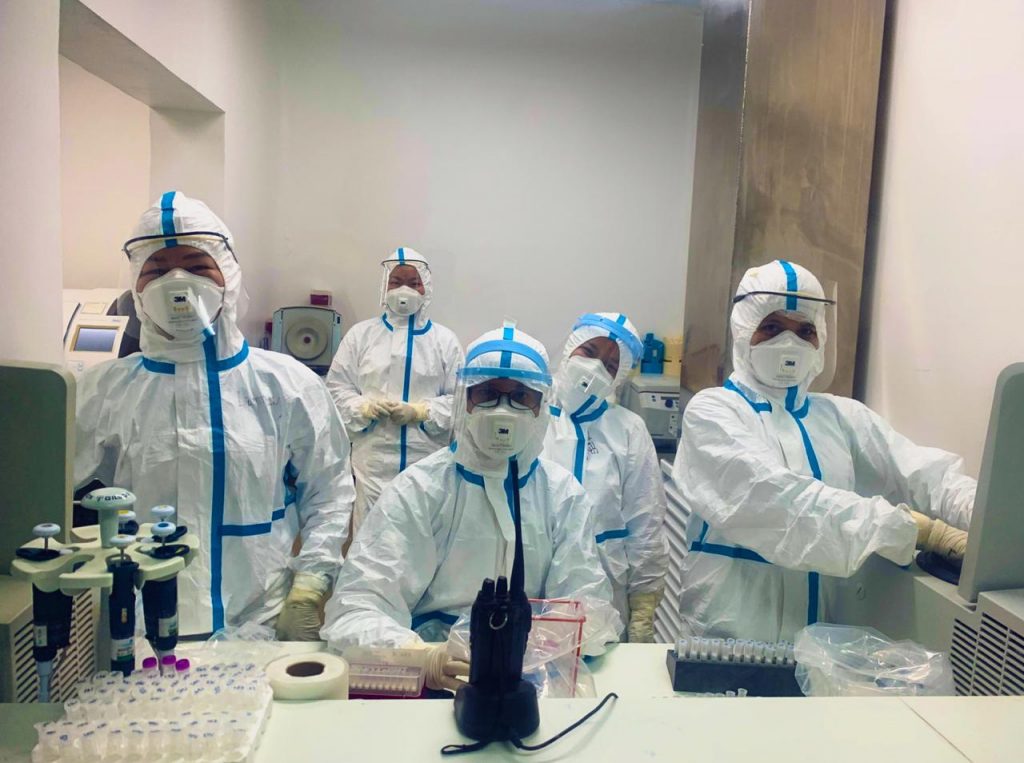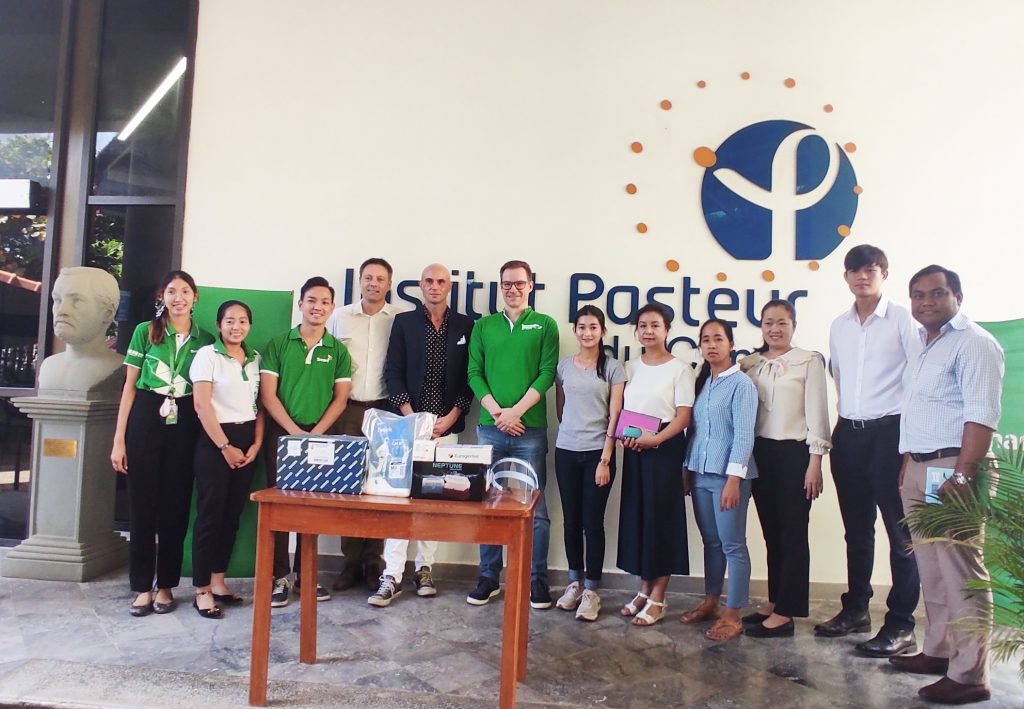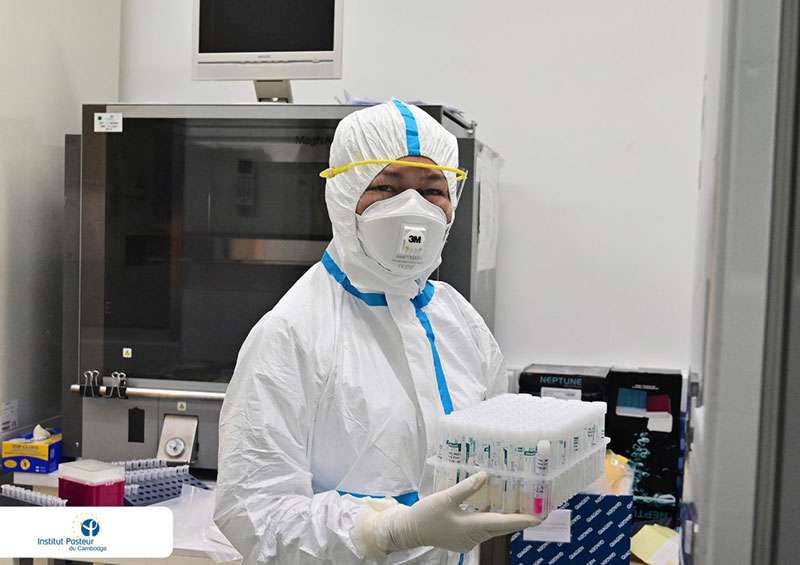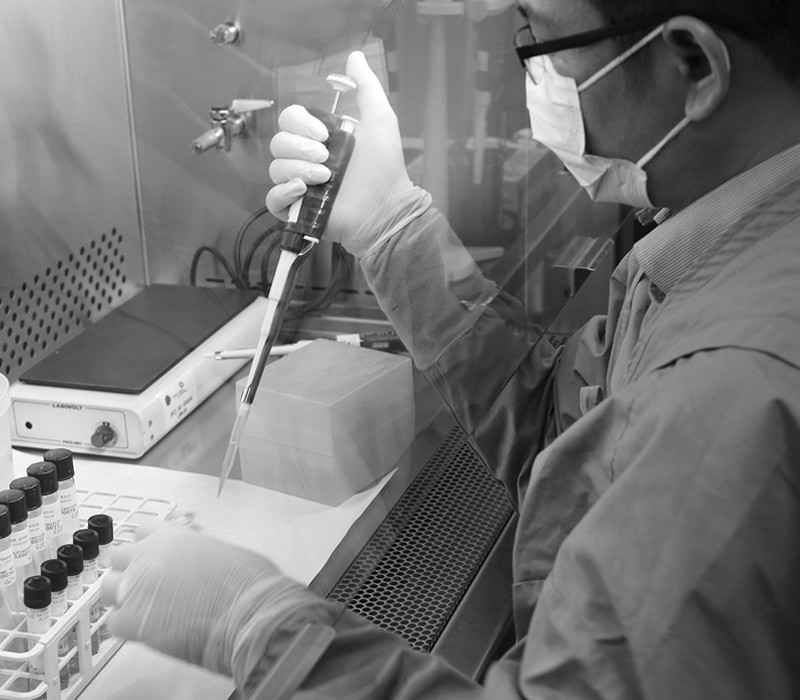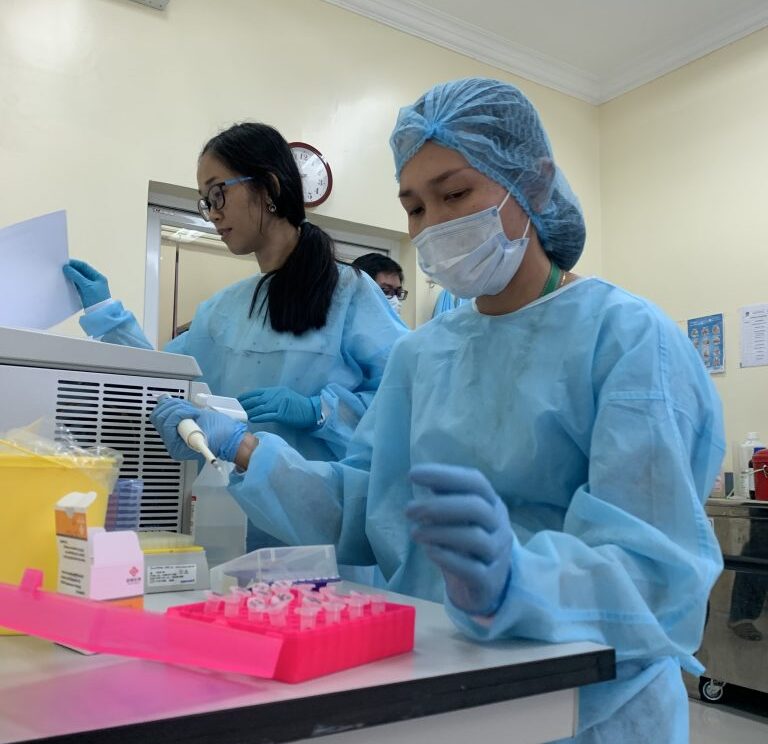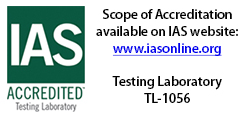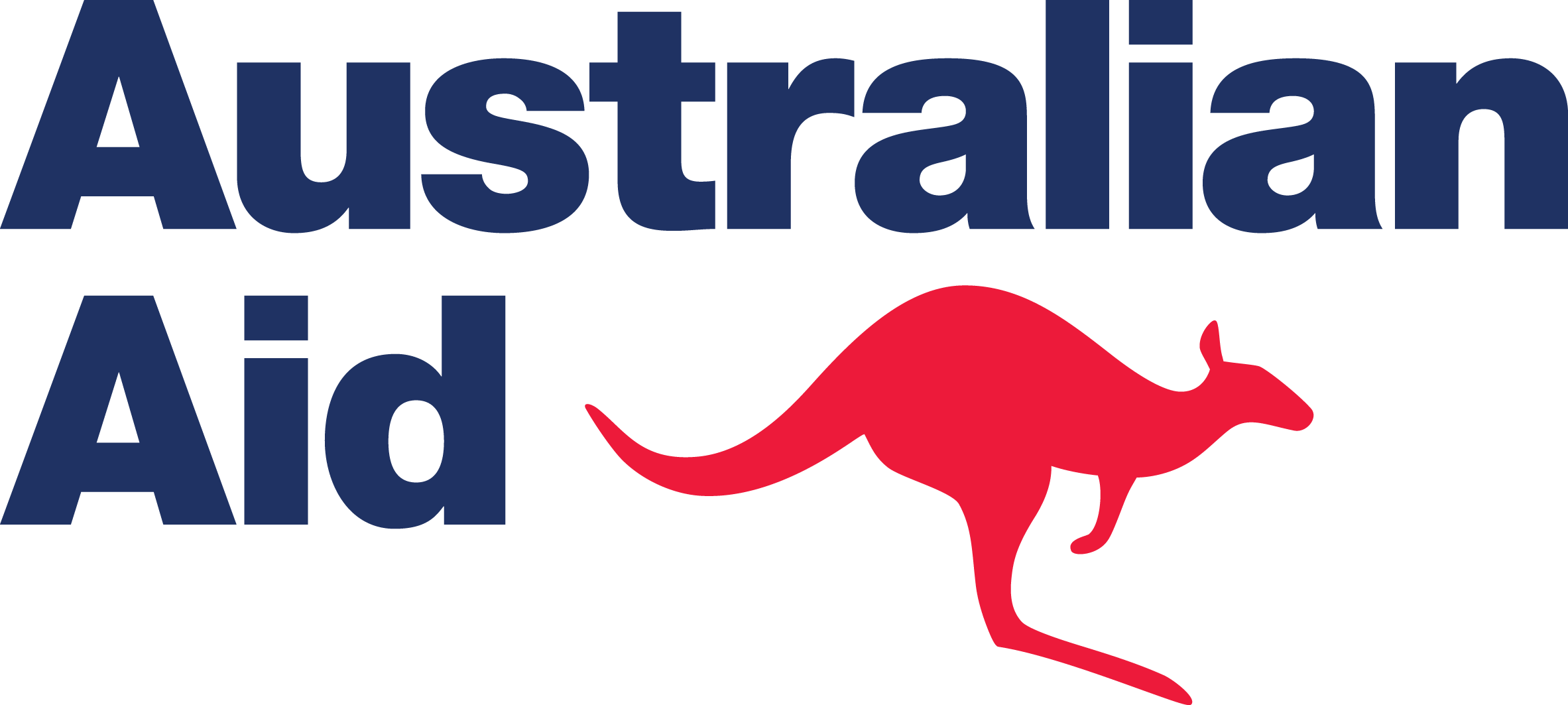LEFS is accredited to ISO/IEC 17025:2017 in food microbiology analysis
We offer Food Microbiology Testing for many kinds of food to food-related industries in response to growing demand for improved food safety. We provide food microbiological analyses:
Click here: ANALYSIS REQUEST FORM IN FOOD MICROBIOLOGY 01-11-24
- Culturable bacteria at 30°C (Total plate count)*
- Coliform bacteria*
- Thermotolerant coliform
- Escherichia coli*
- Coagulase positive Staphylococci*
- Clostridium perfringens
- Salmonella*
- Yeast and moulds*
- Enterobacteriaceae*
- Presumptive Bacillus cereus at 30oC*
- Listeria monocytogenes*
- Cronobacter spp.
- Parasites Enumeration
All microbiological testing are performed according to international standard methods.
*The parameters covered under the scope of accreditation
Recommendations for Food Sampling
Procedure
- Wash hands with soap and rinse with water;
- Disinfect hands with 70% ethanol;
- The sampling can be done either by the unit staff or by the technician using the sterile material;
- Place the sample taken in a sterile plastic bag;
- Identify the bag (nature of the sample, identification number, …);
- Store the sample in the clean refrigerated chamber.
Conditions of transport and storage
- The sample should be brought to the laboratory as quickly as possible;
- Transport samples in a clean refrigerated chamber at 5 °C ± 3;
- The information sheet must be carefully completed for each sample.
We offer Microbiology and chemical Testing for different type of water including:
- Bottled water
- Drinking water including Tap water, well water, filtered water, storage water…
- Cooling tower water
- Swimming pool
We provide water microbiological analyses:
Click here: ANALYSIS REQUEST FORM IN WATER MICROBIOLOGY 01-11-24
- Culturable microorganisms at 36°C and 22°C*
- Coliform bacteria *
- Escherichia coli *
- Intestinal Enterococci
- Spore of sulfite reducing anaerobes
- Coagulase positive Staphylococci
- Pseudomonas aeruginosa
- Salmonella
- Legionella spp.
- Parasites Enumeration
All microbiological testing are performed according to international standard methods.
Recommendations for Water Sampling
Filling procedure
Potable water from a tap

Sampling at a tap can have different purposes as shown in the table below:
- Ensures samples are taken aseptically using clean hands or sterile gloves with protection of the sample from air drifts and splashing.
- During filling, the inside of the bottle closure shall not come in contact with anything (fingers, ground, pocket, teeth).
- Leave some air space in the bottle to allow for adequate shaking before analysis.
- Close the bottle immediately.
- Label the bottle.
Conditions of transport and storage:
- Keep the time between sampling and analysis in the laboratory as short as possible.
- Store the sample in cool device capable of maintaining a temperature of 5 °C (± 3) during transport by using ice packs or melting ice.
- Protect sample from sunlight.
Air monitoring is an important aspect of regulatory and quality control in all industrial. Hygiene measurements define potential exposures. Health and Safety in the workplace covers a wide range of potential hazards.
The air can be a serious contamination source and contains many particles in suspension (dust, pollen, mold, bacteria, virus…). So it is therefore essential to regularly evaluate the quality of air as they can be a serious source of contamination.
Click here: ANALYSIS REQUEST FORM SURFACE AND AIR MICROBIOLOGY 01-11-24
We offer the Air contamination control:
- Aerobic plate count
- Yeast and molds
LEFS is accredited to ISO/IEC 17025:2017 in food microbiology analysis.
Food contact surface is defined as any equipment or utensil which normally comes in contact with the food product or surfaces normally in contact with the product including work tables or counters, cooking equipment such as mixing bowls, and cutting boards and a surface that could cross contaminate food (refrigerator or freezer handles or worker hand) in assisted-living foodservice operations to determine the effectiveness of cleaning and sanitation. So it is essential to regularly control of food surface contact as they can be a serious source of contamination.
Click here: ANALYSIS REQUEST FORM SURFACE AND AIR MICROBIOLOGY 01-11-24
For Surface control, we offer analyses:
- Culturable microorganisms at 30°C (Total plate count)*
- Coliform bacteria*
- Escherichia coli
- Coagulase positive Staphylococci*
- Salmonella*
- Yeast and moulds
- Enterobacteriaceae*
- Presumptive Bacillus cereus at 30oC*
- Listeria monocytogenes*
- Cronobacter spp.
All microbiological testing are performed according to international standard methods.
*The parameters covered under the scope of accreditation
Recommendations for Surface Sampling (1-Method)
Sampling procedure
- Locate the sampling sites.
- Label the test tube with sufficient detail.
- Remove a swab from the sterile wrapping and moisten the tip by immersing it in a tube containing diluents.
- Press the tip of the swab against the wall of the tube to remove excess water.
- Place the tip of the swab on the surface to be investigated and streak an estimated area of 20 cm2 to 100 cm2, whilst rotating the swab between thumb and forefinger in two directions at right angles to each other.
- Put the swab in the tube with dilution liquid and aseptically break or cut off the stick.
- Clean the sampled area and the templates with alcohol wipes.
Condition of transport and storage
- Transport the samples obtained with the swab method, preferably within 4 h, to a cool box set at 1 °C to 4 °C.
- Examine in the laboratory as soon as possible and not later than 24 h
